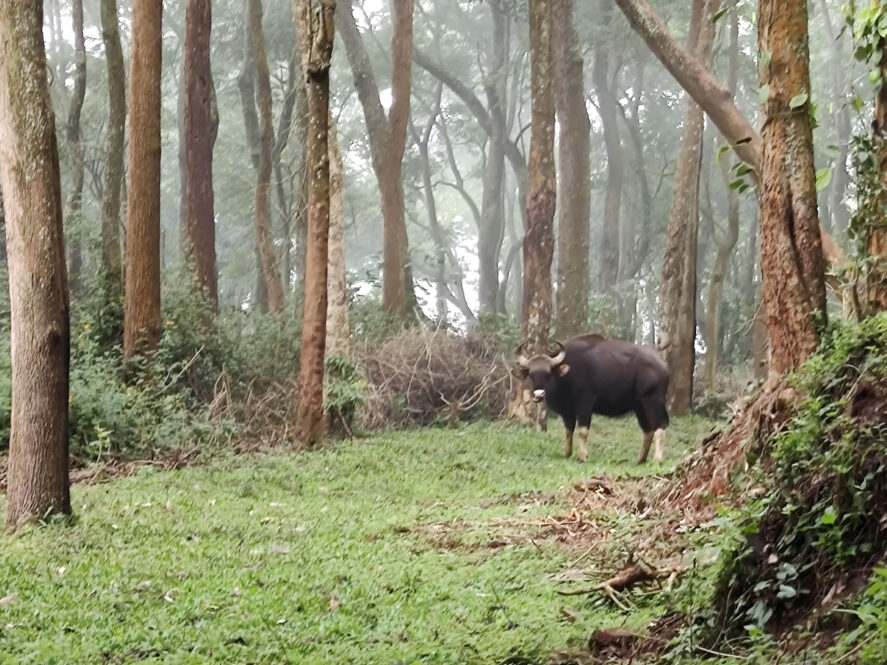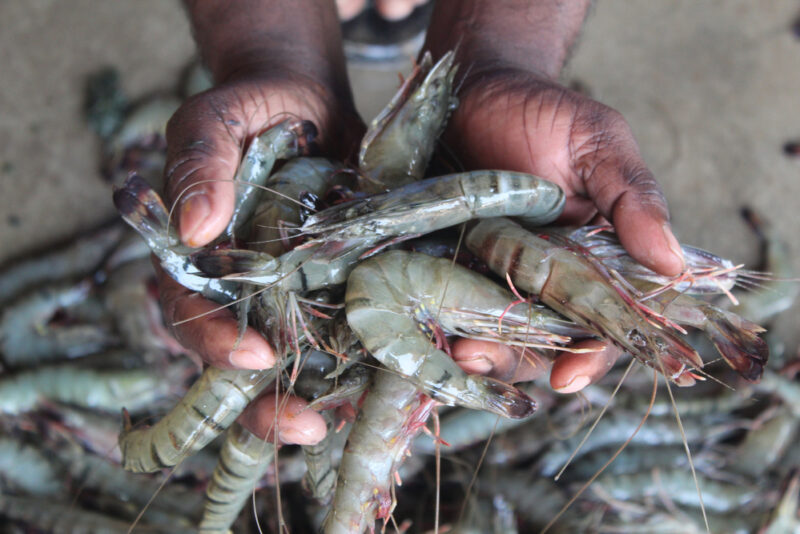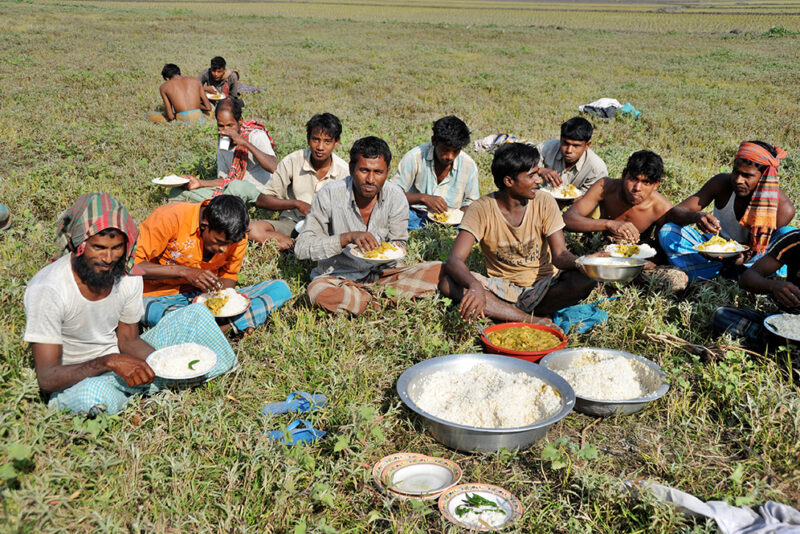The Battle for Space: Human vs Animal

“They [wild animals] want the best and the most expensive tea leaves,” remarked a tea estate staffer during my visit to an estate in The Nilgiris, Tamil Nadu. While the purpose of my visit was to primarily understand the adoption of digital technologies in agriculture and allied sectors, the “human-animal conflict” I noticed in every context I visited captured my attention as well.
Human-animal conflict refers to situations where human activities and wildlife interact in ways that can cause negative impacts for either or both of them. This can include issues such as crop damage by wild animals, livestock predation, human injury or death caused by wild animals, and harm to endangered species. Habitat loss due to human encroachment, climate change, human-induced food scarcity due to growing population, human behavior (like poaching, illegal trade of animals), and a lack of knowledge and awareness are some of the well-established causes of human-wildlife conflicts in different parts of the world.
Conflict between humans and animals occurs in many different parts of the world and can take many different forms. Some examples include crop raiding by elephants and baboons in Africa and wild boars and nilgai in India, in addition to conflicts between ranchers and black bears, mountain lions, and wolves in the USA.
India’s state governments spend nearly Rs. 38 crores ($5 million) annually to compensate for damages to property and life caused by wildlife.
Such conflicts not only pose safety concerns for people living in or near wilderness areas but may also lead to significant economic losses for ranchers and farmers. India’s state governments spend nearly Rs. 38 crores ($5 million) annually to compensate for damages to property and life caused by wildlife, according to research. Nearly 73.4% of this is attributed to crop loss and property damage, followed by livestock predation (20%), human injury (6.2%), and fatality (0.4%).
While most human-animal conflicts are in rural farming geographies, increasingly we find such conflicts occurring in urban or peri-urban areas as well. Residents in urban cities of India like Bangalore and Mumbai have been reporting sightings of wild animals like leopards.
During my field visits to India in June-August 2022 and December-January 2023, I encountered multiple forms of human-animal conflict. As a part of my field explorations, I visited agricultural fields in Jharkhand, tea estates in Tamil Nadu, and shrimp farms in Odisha and Tamil Nadu. In each of these three locations, I came across conflicts between humans and wildlife that pose a threat to safety and crops.
The farmers in Jharkhand (Dumka, Deoghar) often experienced crop damage from elephants and buffaloes, which has forced them to cordon off their lands with low-voltage wires to deter animals from entering the fields. A study on human-elephant conflict near a national park in Assam recorded a total crop loss of 13.07 tons, which is approximately equivalent to 121.8 thousand Rupees ($1.89 thousand).
In recent years, areas around Jharkhand-Odisha-Chhattisgarh have seen increasing mining operations that disrupted the elephant corridors and the harmony between elephants and humans in these areas. Recent newspaper reports indicate that in the last 11 years, 800 people have lost their lives to elephants in these areas.
To reduce the spread of disease by both birds and stray animals like dogs and cats, shrimp farmers have taken to investing in bird nets and bird-scaring devices.
Apart from burgeoning populations, and loss of food and habitat, India’s extensive rail/road lines have been an immense problem for wildlife. One of the most disturbing tragedies occurred in 2013 on the Chapramari railroad, where a train killed a herd of seven elephants and injured another 10.
My visit to tea estates in Tamil Nadu (the Nilgiris) yielded similar stories of conflict between elephants, bears, and tea estate workers. A few days prior to my visit to the Nilgiris, an elephant was electrocuted by the low-hanging power cables of the tea estates. The tea estate managers reported that the sagging of electric cables due to the summer heat, combined with staff efforts to ward off wildlife from the tea plants, often leads to such deadly accidents. Estate managers maintained that while they preferred to live in harmony with the elephants, the recent construction of luxury hotels for tourism in elephant habitats puts them in conflict with the wildlife.
I saw similar conflicts between the growing shrimp farming industry and migratory birds in Odisha (Jagatsinghpur, Kendrapara, Paradeep) and Tamil Nadu (Puducherry and Chidambaram). In addition to the destruction of the feeding habitats of many migratory and resident birds due to shrimp farming, there are concerns about biosecurity issues, as most of these birds now tend to feed on the shrimp and thus spread diseases across farms. To reduce the spread of disease by both birds and stray animals like dogs and cats, shrimp farmers have taken to investing in bird nets and bird-scaring devices.
As human populations continue to expand and demand for food and other resources increases, solutions are being sought out to improve crop yields and bring more area under cultivation to meet the increased food demand. However, while these solutions are used to provide a necessary source of sustenance for humans, they are also crucial reasons behind the increased collision of humans and animals, as they lead to the loss of natural habitats and increased food scarcity for wild animals. While controls like fencing, netting, and scare devices are used to reduce crop losses and deadly incidents, there remains a lot to do to ensure that wildlife does not face habitat and food loss. Notable initiatives taken by several organizations in India, including the government, include establishing elephant corridors and the creation of rescue and rehabilitation centers for tigers, among several measures and strategies to mitigate human-wildlife conflicts. However, there is still a long way to go to ensure the peaceful coexistence of humans and animals. Such a goal needs to be achieved through habitat management, providing wildlife with the resources they need to survive, and extensive education and awareness campaigns to educate people about how to coexist with wildlife.
Shree Saha is a TCI scholar and a PhD student in the field of applied economics and management at Cornell University.
Featured image: A wild buffalo stands among the trees on a tea estate. (Photo by Shree Saha/TCI)





